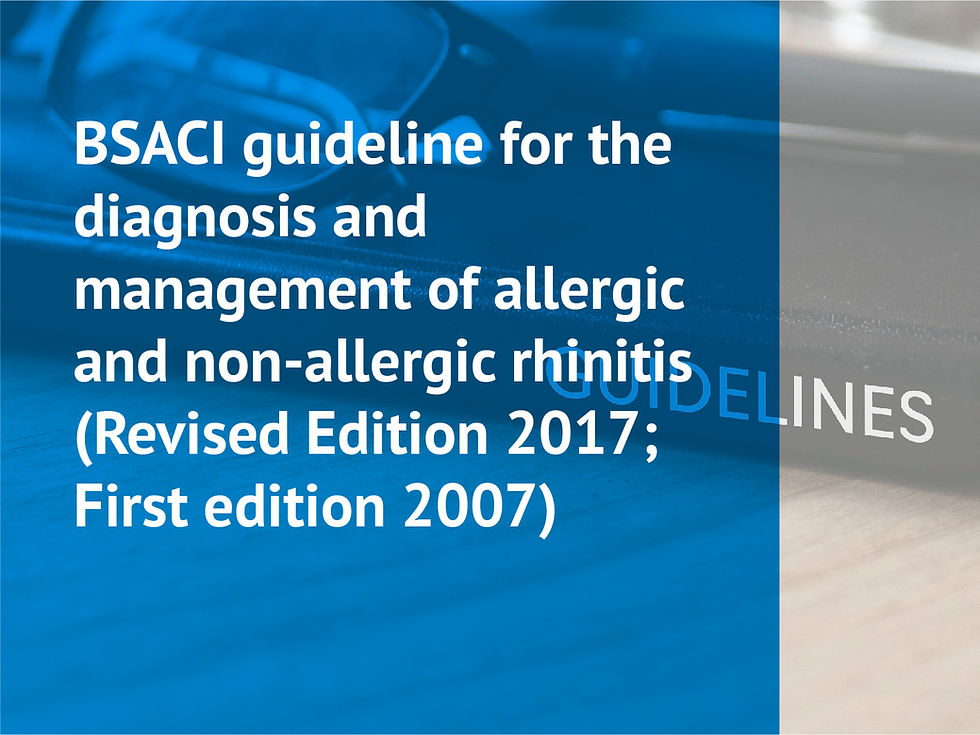2020 American College of Rheumatology Guideline for the Management of Gout
- yatidxm
- 27 Jun 2021
- 1 menit membaca
Diperbarui: 4 Jul 2021
Gout is the most common form of inflammatory arthritis, affecting ~9.2 million adults (3.9%) in the US (1). While the etiology of gout is well-understood and there are effective and inexpensive medications to treat gout, gaps in quality of care persist (2–4). The 2012 American College of Rheumatology (ACR) Guidelines for the Management of Gout (5,6) and other international specialty society guidelines recommend treatto-target strategies with use of urate-lowering therapy (ULT) (7–10). Despite these recommendations, over the past 2 decades there has been no increase in ULT utilization. Adherence to ULT remains poor (2,11) and is the lowest adherence among treatments for 7 common chronic medical conditions (12). Complicating the efforts to improve adherence is the fact that the prior 2012 ACR Guidelines for the Management of Gout have been criticized due to low quality of evidence supporting treat-to-target recommendations (13,14). Since the 2012 ACR Guidelines for the Management of Gout were published, several clinical trials have been conducted that provide additional evidence regarding the management of gout, leading the ACR Guidelines Subcommittee to determine that new guidelines were warranted.





